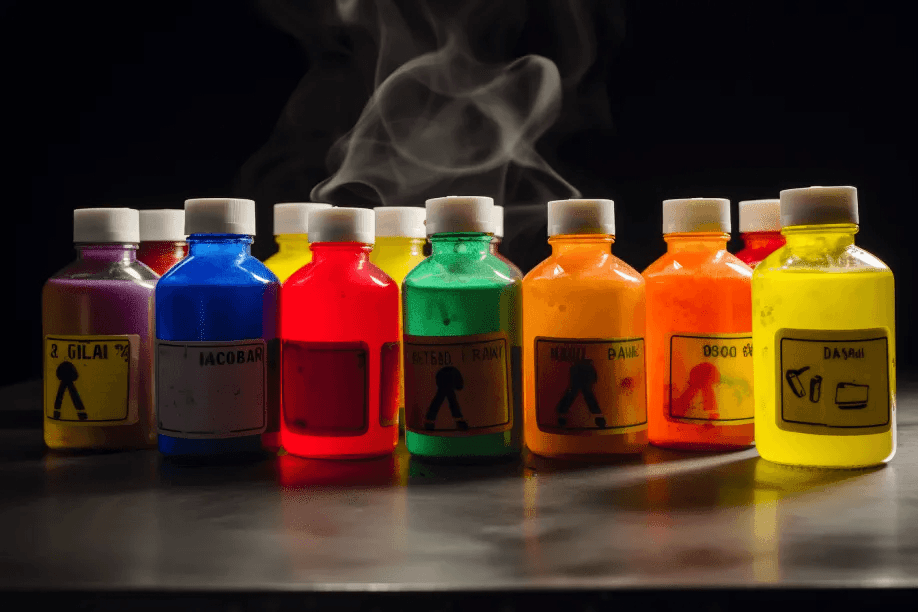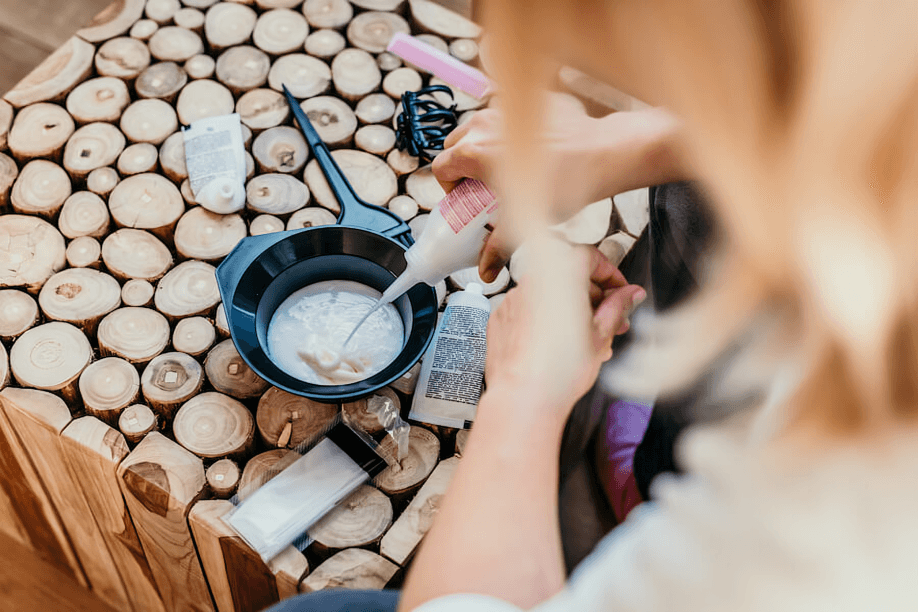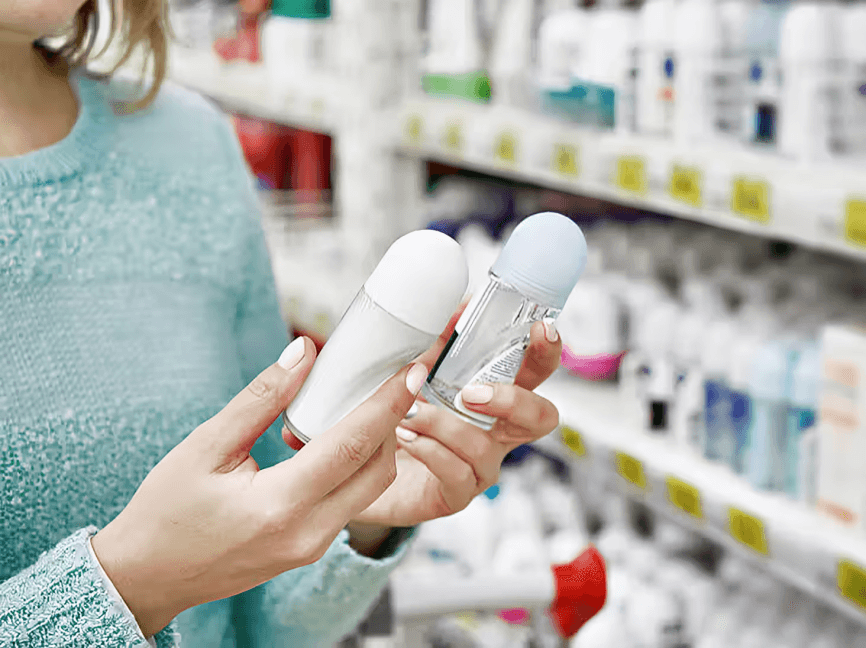
“
The dangers of toxic ingredients in beauty products are increasingly coming to light as consumers become more aware of the potential health risks associated with everyday cosmetics. From endocrine disruptors to carcinogens, these harmful substances can have long-term effects on our health. 1
1
”
Medical professionals have raised concerns about formaldehyde in cosmetics, linking it to cancer and respiratory issues, emphasizing the need for stricter regulations in the beauty industry. 1
Parabens, commonly used as preservatives, can mimic estrogen in the body, potentially leading to hormonal imbalances and increased risk of breast cancer with prolonged exposure. 2

Phthalates, often found in fragrances, are linked to reproductive issues, including reduced fertility and developmental problems in children, due to their endocrine-disrupting properties.
Triclosan, an antimicrobial agent in some cosmetics, may contribute to antibiotic resistance and has been associated with hormone disruption and environmental toxicity. 3
Sodium lauryl sulfate (SLS), a common foaming agent, can strip the skin of natural oils, leading to irritation and increased sensitivity, especially in individuals with eczema. 4
Lead, a heavy metal found in some lipsticks, accumulates in the body over time and can cause neurological issues, particularly harmful to pregnant women and children. 5
Formaldehyde-releasing preservatives, like DMDM hydantoin, are used to prolong shelf life but can release formaldehyde over time, posing cancer risks and causing allergic reactions. 6
Synthetic fragrances can contain numerous undisclosed chemicals, some of which are allergens or hormone disruptors, making it difficult for consumers to identify potential irritants. 7
Oxybenzone, found in some sunscreens, has been linked to hormone disruption and may contribute to coral reef bleaching, raising concerns about both human and environmental health. 8
Petroleum-based ingredients, like mineral oil, can clog pores and may contain impurities linked to cancer, prompting calls for cleaner alternatives in skincare products. 9

Coal tar dyes, used for coloring cosmetics, are potential carcinogens and have been banned or restricted in several countries due to their health risks.
Toluene, a solvent found in nail polish, can affect the nervous system and cause developmental damage in fetuses, highlighting the need for caution among pregnant users. 10
Butylated hydroxyanisole (BHA) and butylated hydroxytoluene (BHT), used as preservatives, are suspected endocrine disruptors and have been linked to liver damage in animal studies. 11
Polyethylene glycols (PEGs), used as thickeners, may be contaminated with carcinogenic substances like ethylene oxide and 1,4-dioxane during manufacturing processes. 12
Siloxanes, used for their smoothing properties, can interfere with hormone function and have been found to persist in the environment, raising ecological concerns. 13

Aluminum compounds in antiperspirants have been scrutinized for potential links to breast cancer and neurological disorders, though research remains inconclusive.
Hydroquinone, a skin-lightening agent, has been associated with ochronosis, a skin disorder, and potential carcinogenic effects, leading to bans in several countries. 14
Ethanolamines, like DEA, MEA, and TEA, used as emulsifiers, can react with other ingredients to form carcinogenic nitrosamines, posing long-term health risks. 15
Retinyl palmitate, a form of vitamin A in sunscreens, may speed up the development of skin tumors and lesions when exposed to sunlight, according to some studies. 16
Philosophers and ethicists argue that the use of harmful ingredients in beauty products raises moral questions about consumer safety and corporate responsibility, urging a reevaluation of industry practices. 17


